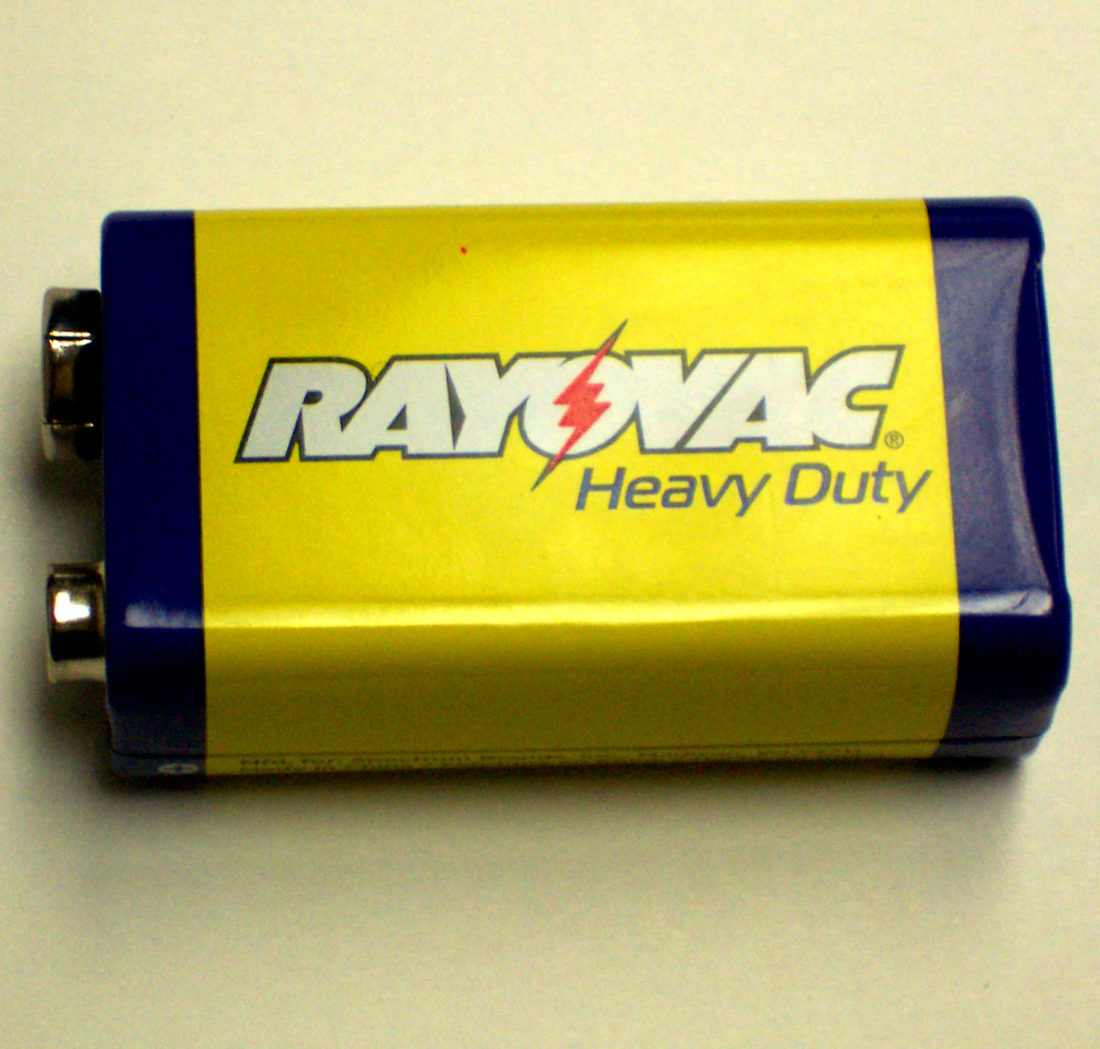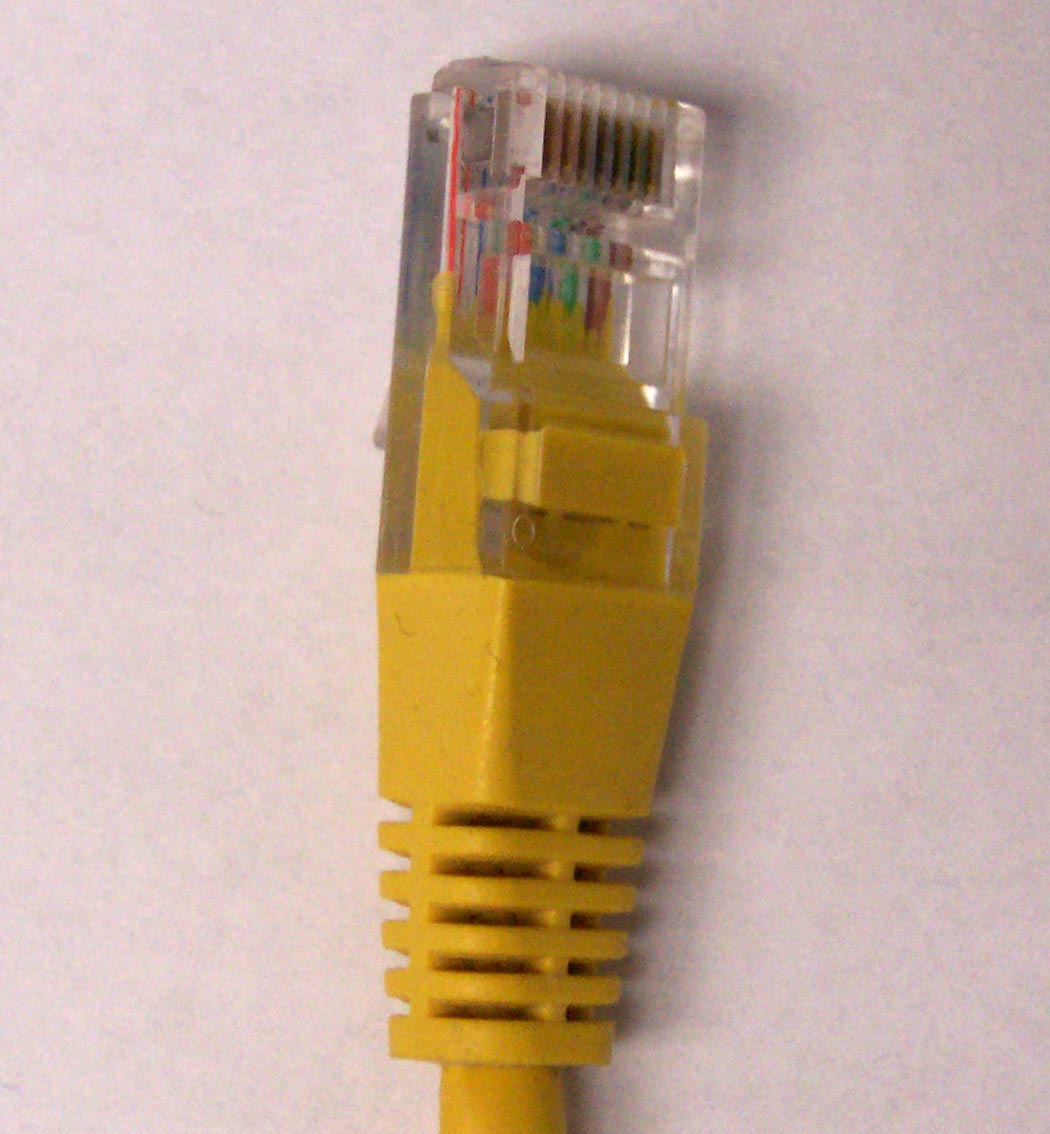IP CAMERA PIGGYBACK APPLICATIONS
Most CCTV installers are familiar with the use of IP (Internet Protocol) cameras and the CAT-5 and CAT-6 (Category) 5/6 cables that are used to deliver a digital camera signal to the NVR (Network Video Recorder). However not much thought is given to the add-on or “camera piggyback” applications available when using any CAT-5 or 6 type cable for IP cameras.
Here is just a little background about the IP camera on CAT-6 cable. Most standard CAT-5/6 network cables are laid up with four pairs of twisted wires in the jacket, it is sold that way because most LAN (Local Area Networks) require all four pairs of wires to work. The wires are twisted precisely to reduce cross-talk between wire pairs so it is possible to have different signals on each wire pair without them interfering with one another.
Now the IP camera only needs two wire pairs to communicate with the NVR. The NVR talks to the camera on one pair and the camera talks back to the NVR on the other pair, this is called (full duplex) operation and it uses wire numbers 1-2 and 3-6 as pairs. The only exception to the rule is the use of P.O.E. (Power Over Ethernet) that can use one or more of the remaining wire pairs 4-5, 7-8, for power distribution and even then sometimes the power can be distributed on the active data pairs 1-2 and 3-6.
Provided there is no use of P.O.E. on wire pairs 4-5 and 7-8, it is possible to have those extra pairs of wires free for additional uses. Those un-used wires present a real opportunity to provide additional features that can be expensive to provide otherwise. So let’s look at what can be done with those extra free wire pairs. The first thing that comes to mind is to use them for another IP Camera. It is possible to use the second set of two pair wires to run another IP camera with out having them interfere with one another.
Next, it is possible to piggyback two analog cameras on the two pairs of wires without interfering with the original IP camera signal or the other analog camera signals. Simply use passive video baluns (impedance matching transformers) to match the 75 Ohm BNC coaxial connectors to the 100 Ohm twisted pair wire and you have a clean path for two additional video signals. You can even add PTZ control of those cameras with RS422 control over the same pair of wires using the DLT/DLR-1 data piggyback equipment attached to the wire pair.
How about two video signals on the same twisted pair wire set by using a TVP/RVP-20 video di-plexer to get even more channels of analog video over the CAT-5/6 cable, again by using the baluns to match the cables. The extra pairs can obviously be used directly for contact alarm signals however you can expand this use from 8 to 160 contact alarm signals on just one pair of wires by using the ATU/ARU-8 system of relay contact multiplexing and the control signals can even run in opposite directions on the same wire pair. As with the other options this also uses video baluns to match the connectors and the impedance.
The next time you are quoting a job or surveying the jobsite, examine the possibility of using these extra wire pairs to sell your customer additional features with little or no additional wiring. You can see these products and a lot more by going to www.fmsystems-inc.com and look in the product section or call us at 1-800-235-6960.




